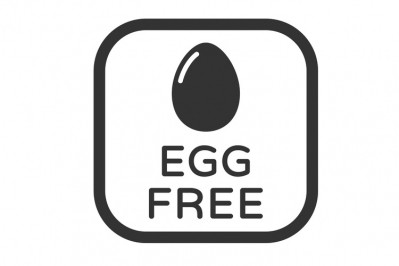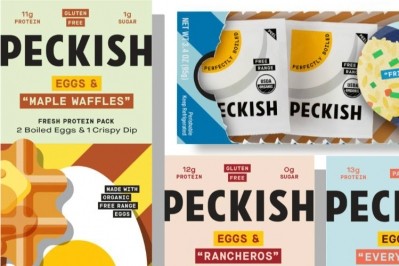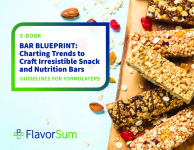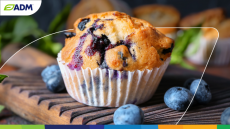Cracking the code: The almost impossible task to mimic the functionality of eggs for baked goods

Egg reduction for the bakery and snacks sectors is becoming increasingly relevant.
According to research from Meerkat Meals, a dining out reward from a UK price comparison website, there are over 3.5 million Brits who identify themselves as vegan, with many more adopting vegan buying behaviors.
Concomitantly, there has been an increase in demand for egg free products, with Innova Market Insights’ Product Database noting vegan NPD in the bakery sector tripled in the UK between 2013-2018 .
The largest market for egg replacement is bakery, with vegan cakes, muffins and assorted bakery goods increasing their market share year on year. There is also considerable opportunity for innovation in the egg-free snack and food-to-go sectors, as 91% of vegans feel these sectors don’t provide them with enough choice.
Until recently, the main driver of egg reduction was to mitigate price fluctuations caused by the egg shortage crisis.
However, consumer mentalities have fundamentally shifted and ethical and environmental considerations are now the purchasing influencers.
Consumers have more information at their fingertips than ever before and expect a higher level of ethical responsibility and authenticity from the foods they consume.
This demand is no longer just a fad and, to stay ahead, food manufacturers must embrace it wholeheartedly.
Why are eggs so difficult to replace?
An egg is a highly functional ingredient, intrinsic to aerate, emulsify, enhance rheological properties and provide gel systems for texture to cakes and other bakery applications.
To develop an egg free solution for the bakery sector, developers must first fully understand the functions of an egg, and how the different proteins impact the properties of the end product.
Eggs contain a multitude of proteins in the yolk and albumen and these proteins vary considerably in solubility and structure, and develop different characteristics when subject to temperature change.
Structure
Whole eggs bind baked goods, thanks to their high protein content. During the baking process of a cake, the proteins will coagulate and provide structure and strength.
Emulsifying
Egg yolks contain a protein called lipoprotein, which functions as an emulsifier. This helps to condition the batter by strengthening the protein network, resulting in better gas retention, improved texture and increased volume.
Leavening
Beaten eggs incorporate air bubbles to the batter, which then expand during baking and helps to leaven the baked goods.
Colur
Yolks impart a yellow color to the batter, but also, baked goods containing eggs are generally browner. This is because the proteins within eggs can participate in the Maillard reaction – the reaction between amino acids and reducing sugars – which is responsible for the golden crust of baked products.
Moisture
Eggs have a high water content (around 75%) that evaporates in the baking process, leavening the cake and ultimately acting as a tenderizer.
The egg replacement ingredients market is being spurred on by the growth of veganism. According to market researcher Fact.MR, the sector was valued at over $980m in 2018 and projected to grow to $1.63bn by 2028.
However, the challenge of receiving optimal benefits out of egg alternatives is limiting market growth to a certain extent. Since eggs cater to various functional roles in foods, it is difficult to obtain a one-to-one replacement for the multiple benefits they offer. This opens up wide avenues of opportunities for ingredient developers.
Ulrick & Short is a clean label ingredients specialist that has developed both a partial egg replacement solutions – suitable for gluten free bakery applications – and a refined total egg replacement solution.
Ovaprox 18 is derived from wheat and maize, and perfectly mimics the functionality of egg in cakes, muffins and bakery goods. It is also heat stable – making it suitable for all factory processes – is non-GMO and comes in allergy free options.

















